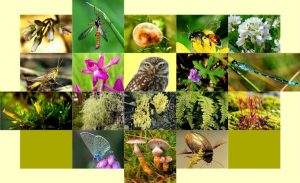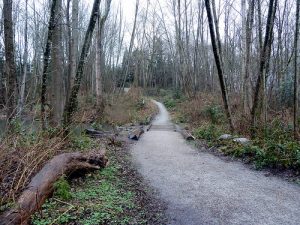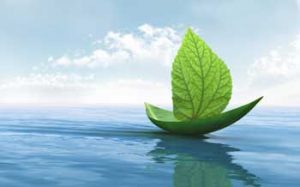Biodiversity, Ecosystems, and more! Update April 26th
Hello Everyone,
First, overall reminders and updates:
- Field Trip Payments: Please send a cheque for $7.38 for the OWL presentation AND $25.00 for our three dragon boat sessions. One cheque for both is fine, if you prefer. In order to participate in dragon boating, you must have the waiver filled out and returned. I am still seeking drivers for dragon boating. If you are planning on helping with driving, your child should have given you a driver’s form to fill out and return ASAP.
- Animal Research: Be sure to find answers to the questions about your animal! We will have some class time Wednesday, Thursday, and Friday. By Friday EOD you should have your notes and the answers to the questions ready to turn in.
- QUIZ: There will be a quiz Friday, May 5th on what we have talked about so far in terms of biodiversity, ecosystems, water cycle, taxonomy, etc. We started the process of reviewing today by making a list of key vocabulary in our journals. We will review more in class. I recommend going through your blue binder and reviewing information. Some of you would benefit from better organizing your papers and may want to take your binders home to organize them.
- Applied Math: Today we will share our charts, diagrams, and graphs from the Earth By the Numbers assignment, and your next task is to complete Numbers in the News, which can be done on your E-Portfolio. You are supposed to be looking for an article in which numbers are used to explain key ideas. You need to answer the questions from the handout in your post and provide a link to the article online. Some more time will be given in class. You should be able to finish this by Friday, April 28th. Tonight work for 15-30 minutes at most on this to stay on track.
- Nature Challenge: Don’t forget the deadline for the nature challenge is April 30th — with the pictures due to Ms. D on May 1st, Monday. Put your photos in a slideshow format. Each photo will need to be clear in terms of location (and be a different location!) in order to be counted.
- Forests Handout: Please read, highlight, and finish these activities by Friday, April 28th. Some time available on Thursday and Friday to finish.
We have been having great discussions about biodiversity, and I think our trips to the watershed and the park really helped us to think about the ecosystem around us. As you do research on your animal and talk about their habitat, the eco province they live in, and find out more about their characteristics and taxonomy, this will help bring the things we have been discussing into focus and make them clear before we move on to the next part of our unit.
So, what’s next? We will look at oceans, moon and tides, weather, climate change, and our impact on the world. We will also continue the book Skeleton Tree, which is all about survival in the wilderness, and I will be challenging you to learn a few skills for survival. We already introduced the compass and how it works. We will be doing some critical thinking activities to discuss how decision making is a serious part of survival. And we will also look for nature’s signs and signals that helps us to get oriented and survive.
TONIGHT HOMEWORK: Remember, 15-30 minutes of applied math. Library Tomorrow. Pay for OWL/Dragon Boating. Find one example of nature being impacted by humans in B.C. What happened? When did it happen? How did it happen? Why?
Have a great rest of the week!
Ms. D






